Best Database Setup Guides to Buy in October 2025
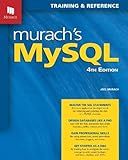
Murach's MySQL (4th Edition)



MySQL Crash Course: A Hands-on Introduction to Database Development


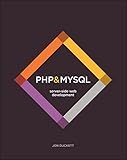
PHP & MySQL: Server-side Web Development


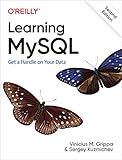
Learning MySQL: Get a Handle on Your Data


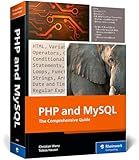
PHP and MySQL: The Comprehensive Guide to Server-Side Web Development with PHP 8 – Build Dynamic Websites with Database Integration, Security, and More (Rheinwerk Computing)


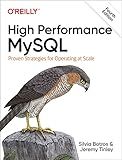
High Performance MySQL: Proven Strategies for Operating at Scale


To create a new table in MySQL, you can use the CREATE TABLE statement. The basic syntax for creating a table is as follows:
CREATE TABLE table_name ( column1 datatype constraint, column2 datatype constraint, ... columnN datatype constraint );
- table_name represents the name of the table you want to create.
- column1, column2, ..., columnN are the names of the columns in the table.
- datatype specifies the data type for each column.
- constraint defines rules or conditions for the columns (e.g., primary key, not null, unique, etc.).
Here's an example to illustrate the syntax:
CREATE TABLE employees ( id INT PRIMARY KEY, name VARCHAR(50) NOT NULL, age INT, department VARCHAR(50) );
In this example, we create a table called "employees" with four columns: "id" of type INT with a primary key constraint, "name" of type VARCHAR with a not null constraint, "age" of type INT, and "department" of type VARCHAR.
You can execute this CREATE TABLE statement in a MySQL client or any tool that allows executing SQL queries against the MySQL database.
What is the difference between CHAR and VARCHAR data types in MySQL?
The CHAR and VARCHAR data types in MySQL are used to store character strings, but they have some differences:
- Storage: The CHAR data type is used to store fixed-length strings, meaning that it reserves a fixed amount of storage space for each value. For example, if a CHAR(10) column is defined, it will always use 10 characters of storage space, regardless of the length of the actual string stored. On the other hand, the VARCHAR data type is used to store variable-length strings, so it only uses as much storage space as needed to store the actual string value.
- Performance: Retrieval of fixed-length CHAR columns is typically faster than that of variable-length VARCHAR columns because of the way they are stored in memory. However, when it comes to storage space utilization, VARCHAR is more efficient for columns that have a wide range of string lengths.
- Trailing Space: In CHAR columns, trailing spaces are not trimmed or removed, so if you define a CHAR(10) column and insert a string of only 5 characters, it will be padded with 5 spaces to fill the remaining 10 characters. However, in VARCHAR columns, trailing spaces are ignored and not stored, so only the actual string is stored without any additional padding.
- Indexing: CHAR columns are padded with spaces, so when you define an index on a CHAR column, it will take into account the full length of the column including any padded spaces. On the other hand, VARCHAR columns are not padded, so the index size will be based on the actual length of the stored string.
In summary, CHAR is used when you have a fixed-length string requirement or when performance is a concern, while VARCHAR is used for variable-length strings and more efficient use of storage space.
How to set primary key while creating a MySQL table?
To set a primary key while creating a MySQL table, you can use the PRIMARY KEY constraint. Here's the syntax:
CREATE TABLE table_name ( column1 data_type PRIMARY KEY, column2 data_type, ... );
Replace table_name with the name of your table, and column1 and column2 with the names of your respective columns.
Example:
CREATE TABLE customers ( id INT PRIMARY KEY, name VARCHAR(50), email VARCHAR(50) );
In this example, the id column is set as the primary key.
How to create an index on multiple columns in MySQL table?
To create an index on multiple columns in a MySQL table, you can use the "CREATE INDEX" statement. Here is the syntax:
CREATE INDEX index_name ON table_name (column1, column2, column3, ...);
Replace "index_name" with the name you choose for the index, "table_name" with the name of your table, and "column1, column2, column3, ..." with the names of the columns you want to include in the index.
For example, if you want to create an index named "idx_name" on two columns "column1" and "column2" in a table called "my_table", the query would look like this:
CREATE INDEX idx_name ON my_table (column1, column2);
By creating an index on multiple columns, you can speed up queries that involve searching, filtering, or sorting by those columns. The order of the columns in the index can also impact query performance, so consider the most frequently accessed columns first when defining the index.
